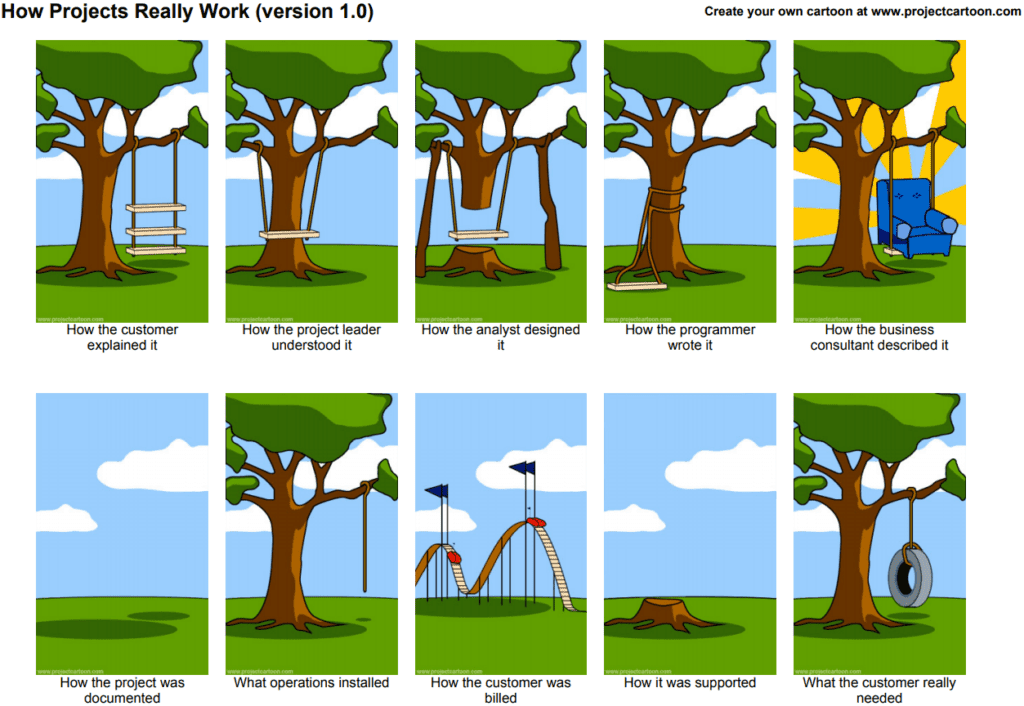











 SCROLL & LEARN MORE
SCROLL & LEARN MORE




Building Information Modelling, abbreviated as BIM is a 3D model-based process that generates and manages data from all the cycles of the construction process.
It is an intelligent way of adding and preserving information in the project, that provides architecture, engineering, and construction (AEC) professionals information and tools to efficiently plan, design, construct and manage buildings and structures.
The concept of BIM has been developed during the 1970s, mentioned at first by Charles M. Eastman, a professor at Georgia Institute of Technology, but the demand and real implementation didn’t start before the 2000s. Nowadays is a part of international standards and recommended by the European Commission.
In Switzerland, the awareness for BIM started to raise from 2009, at first through the initiative of buildingSMART, and then it reached a broader audience in the community of engineers and architects with the open competition for Basel’s Felix Platter Hospital where a BIM coordinator was solicited.
In North Macedonia, Breon Engineering is one of the pioneers in the field of BIM technology, working and investing in this area from 2015.
The BIM process includes the whole AEC industry, it enables the engineers to create virtual 3D models that can be explored and modified, manipulated to make it easier to understand the project in all the phases. The complex relationship between spaces, materials, and systems of a building are generated in 3D images and plans that interact with the technicians from different backgrounds.
With this technology, we can build, view, and test the whole structure even in the early stages. This also helps with all the other aspects like management, cost estimations, scheduling, and coordination with the different teams of engineers that work on the project.
Having everyone on the same page and keeping the documentation under control is sometimes even the most important thing because it allows engineers to focus on the important things – the project itself.
The phases of a project constructed with applying BIM technology can be summarized in 3 big categories, with subcategories of their own:
Conceptualization
Programming
Cost planning
Architectural
Structural
System designs
Analysis
Detailing
Coordination
Specification
Construction
Planning
Construction detailing
Construction
Manufacturing
Procurement
Commissioning
Handover
Occupancy
Operations
Asset management
Maintenance
Decommissioning
Mayor-reprogramming
Construction projects pass through all these three major phases: Design, Construction, and Operations. All these activities start separately as efforts from different teams and end up overlapping each other, in the final operational phase where the efforts come out as final results, visible from the outside contributors.

Engineers working with BIM usually use the Revit Architecture software, but also Revit MEP and Revit Structure as well as Nevisworks, 3D Studio Max, and AutoCAD.
The Breon Team, as the only company here in Macedonia, uses the Allplan software. The most used software by Engineering Companies in Switzerland.
Where to begin? The benefits are so many that for someone that hasn’t done work with BIM is will almost likely seem like something impossible to be achieved. But it’s true and accomplishable.
This model-based approach improves the overall efficiency and productivity of all the teams involved.
It also provides the benefits of:
– Detailed information that is easily accessible by the engineers, they can add or edit details and share them with the team.
– It demands less rework because it uses a shared model across the different teams.
– It is faster than 2D drawing and has an extensive database with a number of elements easy to take off, which are updated regularly.
– It improves collaboration through the digital workflow of shared information.
– The engineers can create simulations and visualizations for different weather conditions and calculate the building’s energy performance.
– It helps for the clutches during the process to be discovered easily and resolved with lower cost.
– It is a process that allows total customization.
– Unlike the traditional plans, this technology actually saves time because it allows automatization.
– It shows the engineers detailed views and accurate renders.
– It provides great mobility because it can be accessed from the cloud everywhere and anytime.
In general, it provides long-term general benefits that are standardized for the good of all the included parties. Even long after the building has been constructed, when it comes to the maintenance of the building and the Facility Management takes place, BIM technology always provides backup.
BIM technology is here to stay! It only continues to upgrade and reaches more countries every year. Because of the defined goals and objectives that are beneficial for all who work through the levels, it will become even more important for standards across the globe.
Undoubtedly, the future of construction is digital and it needs to become a more collaborative process. It is a very high-cost industry and every aspect of the project must be optimized and pre-planned.
All the facts speak the same truth, BIM is the right solution for achieving all your goals!
—
Learn more about Breon Engineering and the way we play the game of BIM.